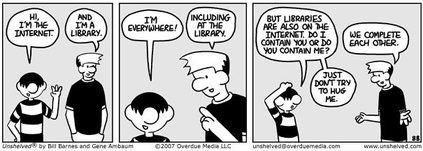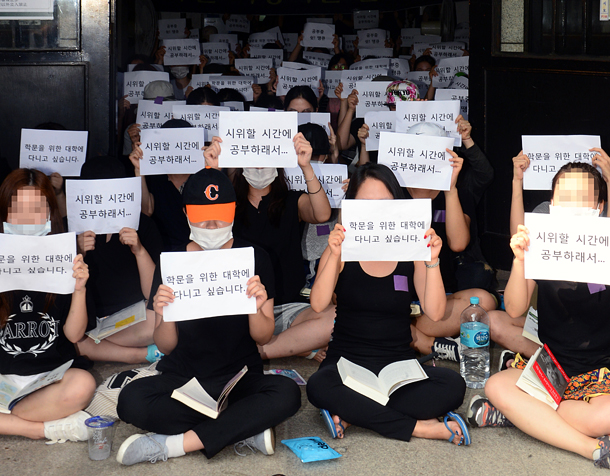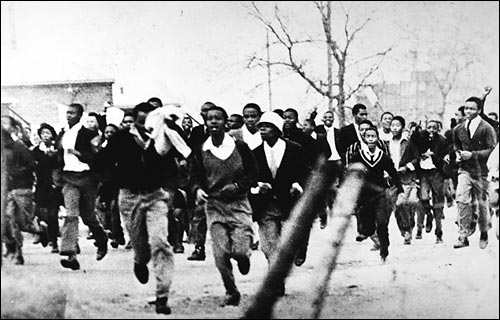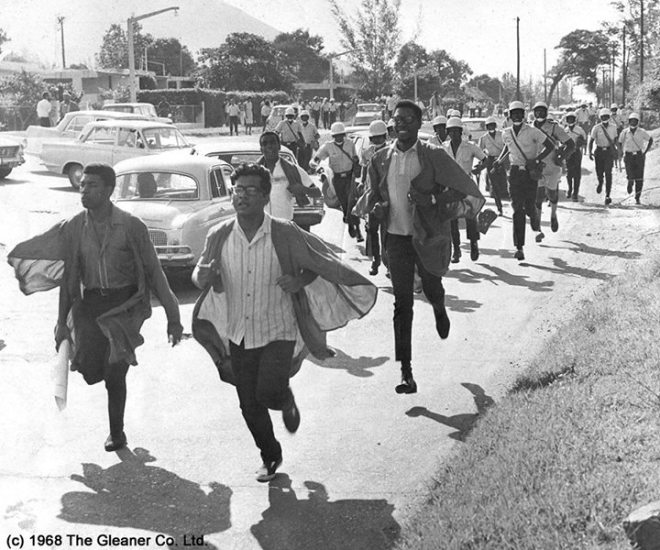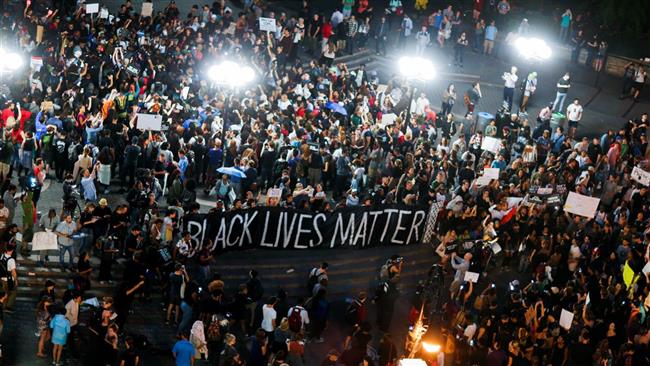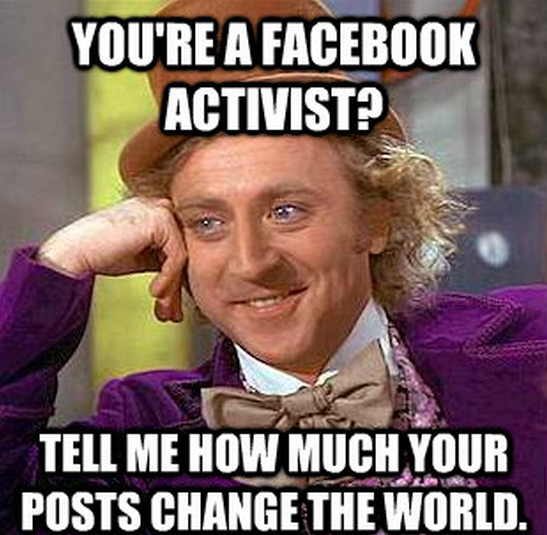Veronica writes
‘AN AVALANCHE IS COMING’ claims Donnelly, Barber and Rizvi (2013) That will sweep way the system of higher education as we now know it unless the necessary adjustments are made in the required time frame. Donnelly, Barber and Rizvi (2013) posits that if the parties concerned act boldly now the next 50 ( fifty ) years could be a golden era for higher education but if they do not act in required time frame -higher education system as we know it will have been swept away by the avalanche of changes heightened by globalization.
What is education? What qualities should anyone look for in an educated man? Allan Bloom the philosopher said of education ‘ it is the movement from darkness to light’ Education can be viewed as action or the process of the acquisition of knowledge and the ensuing development resulting from this process. Education is not, however, the same as training, even though training may be one of the ingredients of education. A person who has been taught to repair a car or play football can be said to have received training, but such training is not education. Likewise, learning is a necessary ingredient of education, not all forms of learning lead to education Animals can be trained but they lack the intelligence that according to Mohanan, (2010) is essential for the kind of learning that makes a person educated An educated person, therefore, is one who has undergone a process of learning that results in enhanced mental capability to function effectively in familiar and novel situations in personal and intellectual life (Mohanan, 2010). An educated person as presented would have acquired :the knowledge deemed to be general thinking abilities to build knowledge , the language for critiquing, the ability to communicate clearly, precisely, for epistemic purposes, the capability for independent learning, the capability to engage in rational modes of inquiry, and, crucially ,the mindset that facilitates all the qualities mentioned above ( Mohanan 2010) In essence the educated man should be able to learn, apply, unlearn and relearn. ‘Educatedness’ is acquired via a channel of formal education. However formal education according to Zib, (1987) is offered in a systematic, organized education model, structured and administered according to a given set of laws and norms, presenting a rather rigid curriculum as regards objectives, content and methodology In contrast Zib, (1987) , argues that non-formal education characteristics are found when the adopted strategy does not require student attendance, decreasing the contacts between teacher and student and most activities take place outside the institution as for instance, home reading and paperwork. Endowed with flexible curricula and methodology, capable of adapting to the needs and interests of students, and is contingent upon the student’s work pace. Non-formal education seems better to meet the individual needs of students (
‘Educatedness’ is acquired via a channel of formal education. However formal education according to Zib, (1987) is offered in a systematic, organized education model, structured and administered according to a given set of laws and norms, presenting a rather rigid curriculum as regards objectives, content and methodology In contrast Zib, (1987) , argues that non-formal education characteristics are found when the adopted strategy does not require student attendance, decreasing the contacts between teacher and student and most activities take place outside the institution as for instance, home reading and paperwork. Endowed with flexible curricula and methodology, capable of adapting to the needs and interests of students, and is contingent upon the student’s work pace. Non-formal education seems better to meet the individual needs of students
An educated person, therefore, is one who has undergone a process of learning that results in enhanced mental capability to function effectively in familiar and novel situations in personal and intellectual life (Mohanan, 2010). An educated person as presented would have acquired :the knowledge deemed to be general thinking abilities to build knowledge , the language for critiquing, the ability to communicate clearly, precisely, for epistemic purposes, the capability for independent learning, the capability to engage in rational modes of inquiry, and, crucially ,the mindset that facilitates all the qualities mentioned above ( Mohanan 2010) In essence the educated man should be able to learn, apply, unlearn and relearn. ‘
‘Educatedness’ is acquired via a channel of formal education. However formal education according to Zib, (1987) is offered in a systematic, organized education model, structured and administered according to a given set of laws and norms, presenting a rather rigid curriculum as regards objectives, content and methodology In contrast Zib, (1987) , argues that non-formal education characteristics are found when the adopted strategy does not require student attendance, decreasing the contacts between teacher and student and most activities take place outside the institution as for instance, home reading and paperwork. Endowed with flexible curricula and methodology, capable of adapting to the needs and interests of students, and is contingent upon the student’s work pace. Non-formal education seems better to meet the individual needs of students (Ward, Sawyer .McKinney & Dettoni ,1974)
Barnett,(2007) however argues that the concept of education is in itself a part of the concept of Higher education Since higher education refers to a personal level of individual development above that that is connoted by the term ‘ education ’. It includes all the activities a given country deems to be higher education – not only those that take place within ordinary universities and graduate schools, but shorter term education and training courses (polytechnics, junior colleges, and various forms of technical specialty schools) that are 2-3( two to three) years in length, and even correspondence courses that make use of information technology and are targeted at a broad population of students Martin Luther King Jnr .had said ‘ intelligence plus character that is the true goal of education However this level of personal development although attractive has been becoming increasingly burdensome as the funding of higher education has been thrust more on the individual. While the value added by a first degree is being eroded it seems daily. The traditional university, government regulated and nationalistic in nature is now facing the challenges that globalization ensued. This process of interaction and integration among people.
While the value added by a first degree is being eroded it seems daily. The traditional university, government regulated and nationalistic in nature is now facing the challenges that globalization ensued. This process of interaction and integration among people companies, governments of different nations that is driven by international trade and investments is also aided by information technology. Thus globalization has impacted culture, political systems, environment, economic and human development and prosperity and well-being around the world. Globalization it has also affected higher education. More access to higher education aided by Massive Open Online Courses ( MOOCS). Students are shopping locally as well as internationally. Reduced public funding globally and increased private funding through loans or direct payments has made higher education increasingly costly
The questions of value are becoming sharper as the cost of getting a degree rises. This year, the National Center for Education Statistics in the US pointed out: ‘Between 2000/01 and 2010/11, prices for undergraduate tuition, room, and board at public institutions rose 42%, and prices at private, not-for-profit institutions rose 31% after adjustment for inflation.’ According to the Wall Street Journal on February 28, 2013, total student debt in the US is up 51 percent from 2008–2012 and now totals nearly $1 trillion. Moreover, 35 percent of students under 30 with debt are delinquent (90 days or more behind with their payments), compared to just 21 percent in 2004. The cost pressures on public universities in England were a major reason why the British government created the new student fee regime in 2010 and introduced it in 2012 In Jamaica data as cited by Dergisi & Eğitimi (2010) revealed that the two main institutions of UTECH and UWI in November 2010 had 5898 beneficiaries in arrears, owing an amount of over J$947M This represented 64% of the loan made available to students in 2010. UWI students owed at that time 2010 -J$610.91M or 64% of the amount, while UTECH students owed J$337.39M or 36%. A level of delinquency that the researcher said would restrict the ability of the Student Loan Bureau (SLB) to respond to the needs of future students.
Loan Bureau (SLB) to respond to the needs of future students.
Students need guidance to focus on not only learning and becoming educated but on being strategic players in the marketplace. Students should study to suit job markets. More should pursue careers in STEM STEM is an acronym for the fields of science, technology, engineering, and math. Discussion of STEM-related programs had become a presidential priority for the previous President Obama because too few college students are pursuing degrees in these fields. The U.S. Department of Labor expects that there will be 1.2 million job openings in STEM-related fields by 2018, but there won’t be enough qualified graduates to fill them.
Christensen. & Eyring (2011) argues that as the cost of higher education rises to students. The university has to adjust. The researcher through an examination of ‘ Harvard’ and’ BYU-Idaho’ as well as other stories of innovation in higher education suggested new ways forward. New ways to deal with curriculum, faculty issues, enrollment, retention, graduation rates, campus facility usage, and a host of other urgent issues in higher education and presented a strategic model to ensure economic vitality at the traditional university
Christensen. & Eyring (2011 ) argues that there is a remorseless increase in cost is driven by the ‘bigger-and-better tendency’. Each university is striving to become Harvard, but the basic point is surely undeniable. The problem from the point of view of the undergraduate student is that much of the cost base of a traditional university is irrelevant to their experience and sometimes. as highly-paid expert research professors avoid undergraduate teaching responsibilities (Barton & Yun ( 2012) Simon & Ensign (2013 ) and Christensen & Eyring 2011) The quality higher education marketed is not the quality experienced. Unemployment awaits and heavy student loan debts is often the end results ‘An avalanche is coming’:, as the price charged to the student is not matching quality outcomes Students tend to equate cost with quality thus think additional cost is directly correlated with higher quality.
While graduates are less likely to be unemployed much depends on the nature of the degree and employers often question the skills a degree provides. Richard D Stephens, senior vice president for human resources and management claimed a recent study in the US showed a significant difference in the risk of unemployment among recent university graduates depending on their major. Those that majored in the liberal arts and non-technical subjects had some of the highest rates of unemployment (around 11 percent), while those with more technical expertise had significantly lower rates. Another study a recent survey from the National Association of College Employers found similar results. In average, earnings by Engineering major was the highest, at $75,000, while psychology, social work, and education had the lowest, at $42,000. ‘An avalanche is coming (Barber, Donnelly and Rizvi,2013) ’,
‘An avalanche is coming (Barber, Donnelly and Rizvi,2013) ’. The number of graduates in the world is increasing rapidly, partly due to the growing proportion of each age group going to university in developed countries,(Barber, Donnelly & Rizvi, 2013). By 2020, China alone will account for 29 percent of all the university graduates in the world aged 25–34., there will be as many Chinese graduates in that age group as in the entire US labour force. In addition to this. The prized first class honors are being devalued as the number of graduates gaining first class honors in the UK has more than doubled in the past decade. In just four years, the number has increased by 45 per cent. This trending matter alongside the changing demands of the global labour market drives the questions about the likely value of a traditional degree
The talk of the university as the agent of personal development that creates a finished good the educated man. A desirous outcome doubtlessly as one forms; social capital bridges that form linkages connecting people or groups further up or lower down the social ladder. The potential benefits of friends and families being able to help us emotionally, socially and economically Bourdieu, (1986) Social capital has value, doubtlessly. Intellectual capital /personal capital the- Knowledge and competencies residing within the person. Financial capital who knows you know what you know… Familiar terms being used. However, Higher Education Institutions has some adjustments to make now, students too and all stakeholders. Or, An Avalanche is coming that will erode higher education as we know it.
Conclusion
Education, to be meaningful. must become the innovative, relevant, safe and reasonable solutions to the challenges that face us all nationally and globally Lecturers and students need to become partners that will drive this change. The government, Civil Society, Private sector and Philanthropists should work together to support the work of the drivers of change or an avalanche is coming. As Martin Luther King Jnr. said ‘ Intelligence plus character that is the true goal of education” it is the character that will ensure all comes together for the greater good of humanity.

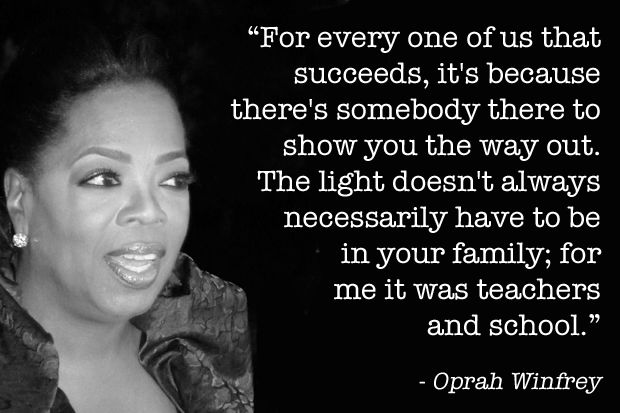
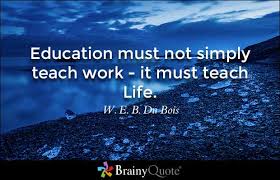


References
Barnett R , (1997) The idea of higher education Buckingham SRHE & OUP
Barber M., Donnelly K and Rizvi S. (2013) An avalanche is coming.Higher education and the revolution ahead. Retrieved from http://www.avalancheiscoming.com/ April 5,2017.
Bourdieu, P. (1986) The forms of capital. In J. Richardson (Ed.) Handbook of Theory and Research for the Sociology of Education (New York, Greenwood), 241-258.
Christensen. C & Eyring H (2011) The Innovative University: Changing the DNA of Higher Education from the Inside Out Retrieved from
https://net.educause.edu/ir/library/pdf/ff1207s.pdf April 5, 2017
Eğitimi O & Dergisi E. Journal of Teacher Education and Educators Retrieved from
http://www.jtee.org/document/issue3/MAK5.pdf April 5, 2017
Mohanan K .P Who is an educated person? .Ingredients of Educatedness Retrieved from http://www.iiserpune.ac.in/~mohanan/educated/who.htm April 5,2017
Ward T.W, Sawyer F.D, .McKinney L., &. Dettoni I.,(1974) “Effective Learning: Lessons To Be Learned From Schooling, in “Effective learning in Non-Formal Education”, Michigan State University,











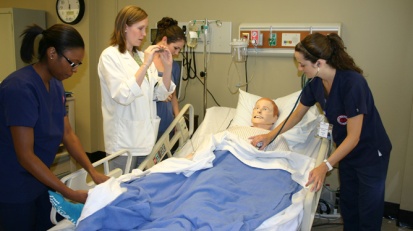





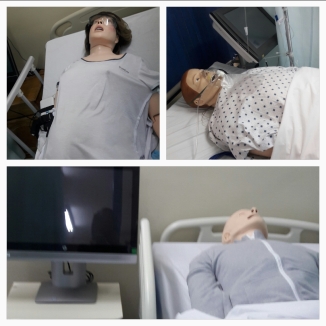



 According to the psychologist, your mental wellbeing is questionable. Today’s young adults in higher education, increasingly need adequate mental health support and services. There is an increasing need for such services mainly because of the level of stress and emotional difficulties that come with studying at a post-secondary institution. Going to university is never easy. Therefore, this discussion will look at what is mental health, signs associated with the disorder, causes of mental disorder in higher education students, students’ academic performance and mental health services available at higher education institutions.
According to the psychologist, your mental wellbeing is questionable. Today’s young adults in higher education, increasingly need adequate mental health support and services. There is an increasing need for such services mainly because of the level of stress and emotional difficulties that come with studying at a post-secondary institution. Going to university is never easy. Therefore, this discussion will look at what is mental health, signs associated with the disorder, causes of mental disorder in higher education students, students’ academic performance and mental health services available at higher education institutions. So, I decided to read deeper on the topic. This is what I found, mental health is a state of emotional, psychological, and social well-being in which every individual realizes his or her own potential, can cope with the normal stresses of life, can work productively and fruitfully, and is able to make a contribution to her or his community (WHO, 2014). I exhaled! So, let’s find out if you the reader is. Depression, anxiety and stress are mental disorders that affect college students on a daily basis and majority of these students suffer from both depression and anxiety. A student who suffers from clinical depression will experience feelings of hopelessness, pessimism, guilt, worthlessness, helplessness, loss of interest or pleasure in hobbies and activities, decreased energy, fatigue, difficulty concentrating, remembering, making decisions and difficulty sleeping, early-morning awakening, or oversleeping daily.
So, I decided to read deeper on the topic. This is what I found, mental health is a state of emotional, psychological, and social well-being in which every individual realizes his or her own potential, can cope with the normal stresses of life, can work productively and fruitfully, and is able to make a contribution to her or his community (WHO, 2014). I exhaled! So, let’s find out if you the reader is. Depression, anxiety and stress are mental disorders that affect college students on a daily basis and majority of these students suffer from both depression and anxiety. A student who suffers from clinical depression will experience feelings of hopelessness, pessimism, guilt, worthlessness, helplessness, loss of interest or pleasure in hobbies and activities, decreased energy, fatigue, difficulty concentrating, remembering, making decisions and difficulty sleeping, early-morning awakening, or oversleeping daily.







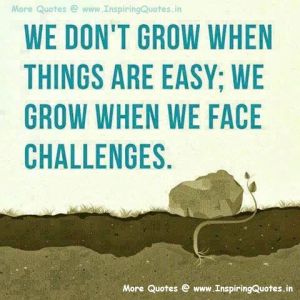



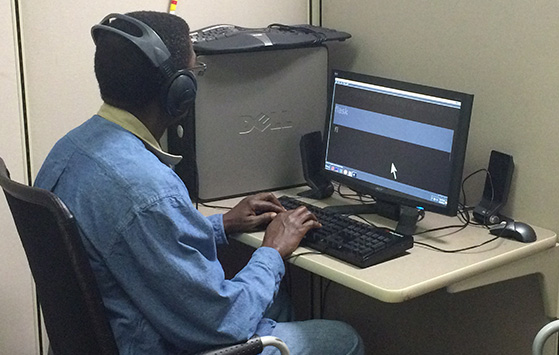
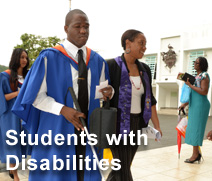 As a result, several students with challenges have been able to leave the University with a degree in higher education. The library created access, equity and equality in a technologically driven time. They prepare these students for life-long learning with the necessary tools. The library should be considered the hub of any university and with this digital explosion over the years they have to be impressive. No wonder libraries have to step forward and embrace tele-education especially since there is a demand for online education (Wright, 2000). Does this make them on the road to extinction? I think not. It’s called reinvention and remaining relevant so that there is equal access.
As a result, several students with challenges have been able to leave the University with a degree in higher education. The library created access, equity and equality in a technologically driven time. They prepare these students for life-long learning with the necessary tools. The library should be considered the hub of any university and with this digital explosion over the years they have to be impressive. No wonder libraries have to step forward and embrace tele-education especially since there is a demand for online education (Wright, 2000). Does this make them on the road to extinction? I think not. It’s called reinvention and remaining relevant so that there is equal access. 